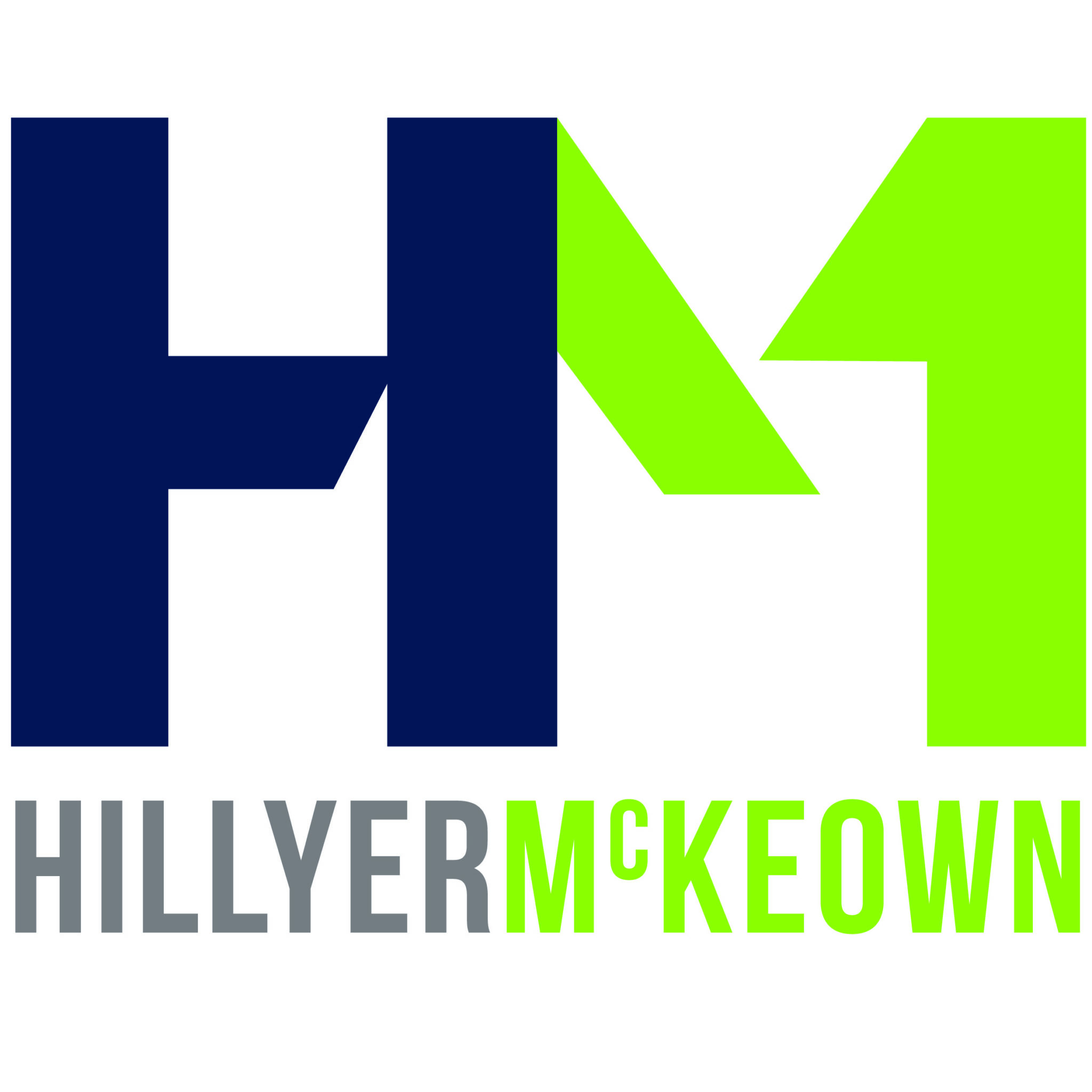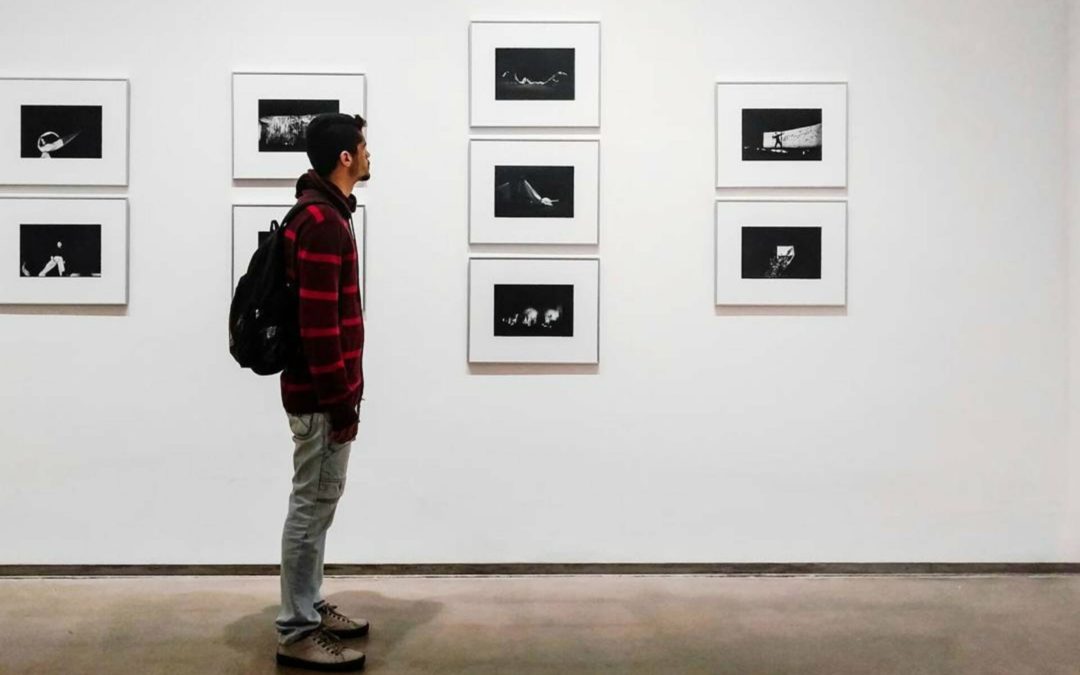After the first flush of excitement following someone’s interest in representing your work, before jumping in consider this guidance. Contracts are particularly important and underestimated within the creative industry so first, be prepared and protected. This includes getting insurance cover for complete loss or damages, which can easily happen during an exhibition or in transit.
These must-know basics cover how to proceed and build healthy and transparent working relationships so everyone involved can enjoy a more hassle-free experience.
It is not uncommon for the gallery and artist relationship to be relaxed and not necessarily commercially focussed. Often agreements can be based on a verbal agreement such as ‘yes, I am happy for my work to be displayed’ with a gallery or other business interested in exhibiting and/or selling creative work.
Yet consider this example, demonstrating what can happen to an artist who does not have a formalised written agreement to protect their original work.
An established gallery approached an artist about displaying and selling her work.
The gallery had represented a number of artists over the years and its business reputation appeared strong. The artist was inexperienced and provided several paintings after little more than a verbal handshake with the Director.
Months went by with no further communication.
The gallery then stopped returning the artist’s messages, and suddenly the number went out of service. On driving down to the gallery, it looked closed. She contacted the gallery owner, who was unaware of the artist’s growing anxiety surrounding her work.
The owner confirmed the gallery had closed, and the Director had moved away. When meeting the artist and unlocking the gallery doors, it was discovered that most of the artist’s paintings had gone. After the police and lawyers became involved the artwork trail eventually grew cold. Even now, the artist does not know what happened to her work.
The happy ending would be to say this describes a one-off situation but unfortunately, work going missing without recourse is not uncommon.
So, as an artist what can you do to protect your work?
First, make sure you have a contract – a binding, business agreement – that both you and the gallery or official representative discuss and sign, clearly setting out what is to happen if things go wrong to avoid experiencing similar upset as above. It is recommended that you instruct a legal professional to assist with this. This can be more affordable than you think if viewed as a long-term investment to protect you and your work.
What do I include in the agreement?
The agreement should also make it clear to all parties where they stand and the individual responsibilities within the relationship, as well as detailing key points such as pricing, and whether the work is for sale, or only on loan for an exhibition. Keep it straightforward so it is clearly understood, and consider these 10 points:
- Your information – about yourself, your artwork, and the gallery or business you are entering into the partnership with.
- Project information – how and who will sort out framing, shipping, and display, how will sales be monitored and recorded including accountability for any interest in your work which has come directly from the gallery.
- Project timelines – include details of how long the gallery will have possession and right of sale over (or to hold) your work etc. Also, agree to a deadline for the work to be with the gallery.
- Permissions – if the artwork is also to be displayed online, ensure that it is clearly listed as your work and that copying, storing or sharing your work must only be by permission or as part of a legally-binding agreement.
- Online terms – if payment for artwork sales can be processed online, check if there are any conflicts between your agreement and the terms listed online by the gallery, that the gallery is liable, and your terms prevail.
- Cost and payment terms – full terms and details of pricing, deposits, gallery commission rates, VAT or other fees, how and when you will be paid following a sale, proof of receipt/purchase, and who is responsible for payment errors.
- Itemisation – ensure an itemised list of artwork being provided to the gallery protects your work and business, as applicable. Include images, titles/names, brief description – much like an inventory of your work.
- Artist rights – any rights to your artwork must be listed including a System of Records (SOR) for ownership, any exhibition or publishing agreements.
- Cancellation terms – the full steps, timings, restrictions, and any costs involved, which must be reasonable.
- Entire agreement statement – making it clear this written agreement is the complete arrangement in one place (rather than a series of emails or phone calls); a permanent record to refer back to should anything happen (which is also essential with any claims for damages or insurance).
Having an enforceable, solid contract will avoid misunderstandings around how you would like your artwork to be treated, helps the process go smoothly, and legally protects your art and business (if this applies to you).
What about professional legal advice?
As an artist, your artwork belongs to you and your relationship with any gallery should be considered as a legally binding business arrangement.
Put another way, you and the gallery will be responsible for making this business relationship work, which means having set written terms to avoid misunderstandings, which can often happen with verbal agreements.
When you engage with a gallery, you are providing them with access to your work, to which you have dedicated a lot of time and energy. Professional legal advice to protect you and your work is worthwhile, especially if an issue arises. Also, protection removes uncertainty and gives you clear rights.
Our chosen legal partner, Hillyer McKeown Solicitors, offers a free conversation to explore drafting contracts and terms with you (or to review existing contracts). They can make sure that you gain the maximum value and minimum risk from any contracts and your professional relationships.
Contact their friendly legal team:
T: 01244 318131
More tips about artwork ownership
Is your original work protected, including from copycats? Read this article about plagiarism to learn more about this topic.
THE LONG LINK https://visual-artists.org/resources/copycat-artists-what-can-you-do-if-someone-has-plagiarised-your-work/

